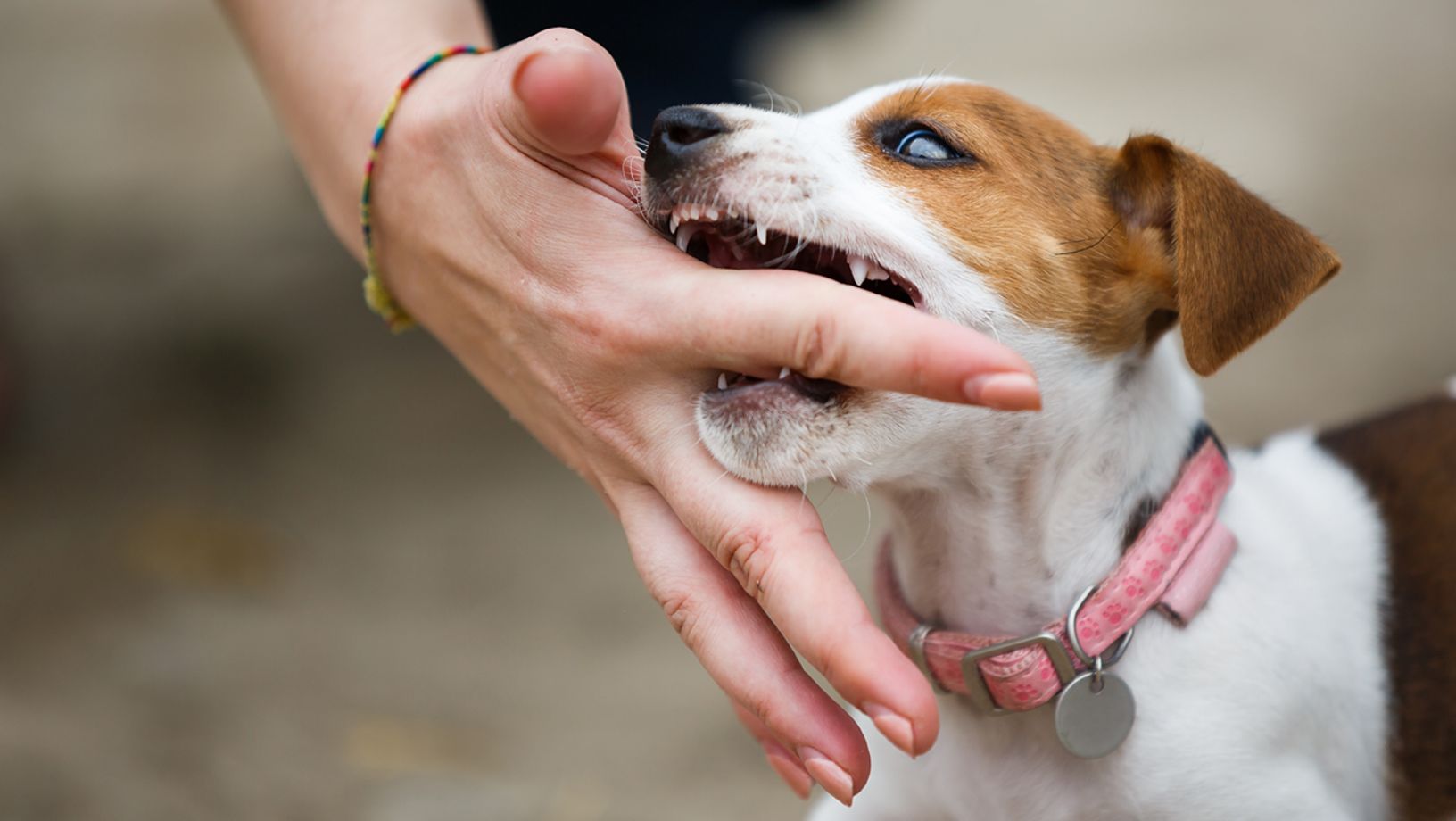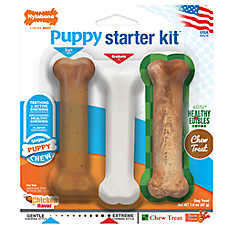Get Through Your Puppy's Teething Phase

In this Article
Your puppy’s impulse to gnash and gnaw is not entirely a bad thing. Puppies are born almost blind but with a strong sense of taste. So that’s the sense they use to start learning about the world.
When it comes time for teething though, the chewing can get pretty crazy.
To chew or not to chew
Your puppy will begin teething around four months, which is when their permanent teeth come in. Be prepared with a well-stocked toy cupboard that includes a chewy squeaker, teething rings and chew sticks; praise your puppy for using them.
Meanwhile, start teaching your pup what is and isn’t bite-appropriate.
- Try not to wave your fingers or toes in your puppy’s face. A young dog will likely react with a friendly “hello” nip. It’s cute, but later it will turn into a bigger, not-so-adorable “hello” bite.
- When your puppy does nip you, ham it up a little. Cry, “Ouch!” and walk away whimpering. Soon he or she will get the hint.
- Never physically punish your dog for nipping (or for anything else). It won’t stop the behavior and it will only teach them to be afraid of you, the newspaper, or whatever you use to hurt them.
- Use a chewing deterrent —a spray-on flavor dogs don’t like — on furniture legs and other objects you’d prefer to remain free of bite marks.
- If you’ve got a particularly bite-y puppy, feed them treats while you pet them, so they get used to cuddling without chomping you.


